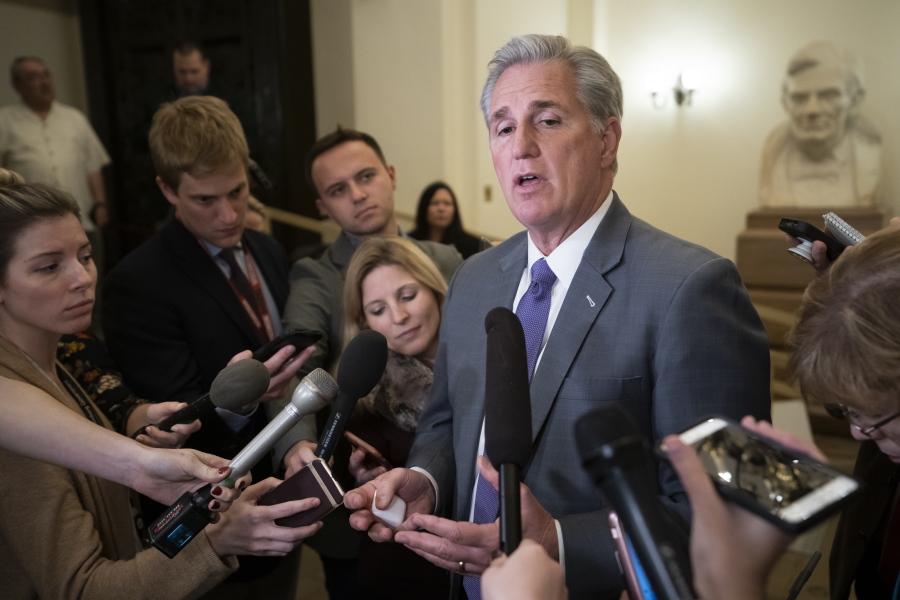WASHINGTON — With President Donald Trump warning that it “could be a long time” before the partial shutdown of the government ends, concerns are rising about potential economic damage given that the shutdown is coinciding with other threats.
Most analysts don’t regard the shutdown alone as severe enough to imperil an economic expansion that has lasted nearly a decade. But should it drag into February, the slowdown in government activity could help shake confidence and cause businesses and consumers to stop spending.
“The shutdown is coming on top of lots of other problems — the trade war, the slump in the stock market, Brexit, Trump’s political problems,” said Mark Zandi, chief economist at Moody’s Analytics. “By itself, the shutdown may not be a big deal, but if you add it up and mix it with all this other noxious stuff, it could become a real problem.”
Though he still foresees only a minimal impact from the shutdown, Zandi said that “if the trade war isn’t settled soon, that will be a real problem, and if it conflates with a prolonged shutdown, that could be fodder for a recession.”
The shutdown has already suspended the government’s release of some economic data, making it harder to fully assess the state of the economy. And the risk is growing that tax refunds could be delayed if furloughed IRS workers aren’t around to process returns.
The shutdown, which began Dec. 22, will mark its two-week point today, and Trump and Democrats in Congress remain far apart over Trump’s demand for funding for a wall along the Mexican border.
Economists at Macroeconomic Advisors have lowered their forecast for economic growth by a scant 0.1 percentage point for both the fourth quarter of 2018 and the first quarter of 2019 — to a solid 2.7 percent annual rate for the October-December quarter and a tepid 1.5 percent rate for the January-March period.
Analysts had already expected the economy to slow this year as a boost from tax cuts and increased government spending last year begins to wane. But the longer the shutdown persists, the more it could erode consumer and business confidence, compounding troubles for an economy that was already slowing.
If the shutdown lasts into February, Zandi said he would lower his growth forecast for the current quarter from a solid 2.6 percent to just above 2 percent, with further downgrades for each week the shutdown lasts beyond that point.
The Trump administration has sounded a more optimistic note about the shutdown’s impact while agreeing that the risks will grow the longer that 800,000 federal employees — roughly half of them working, for now, without pay — remain furloughed.
Kevin Hassett, chairman of the president’s Council of Economic Advisers, told reporters Thursday that he doesn’t foresee “big economic effects” from the shutdown, assuming it ends relatively soon.



